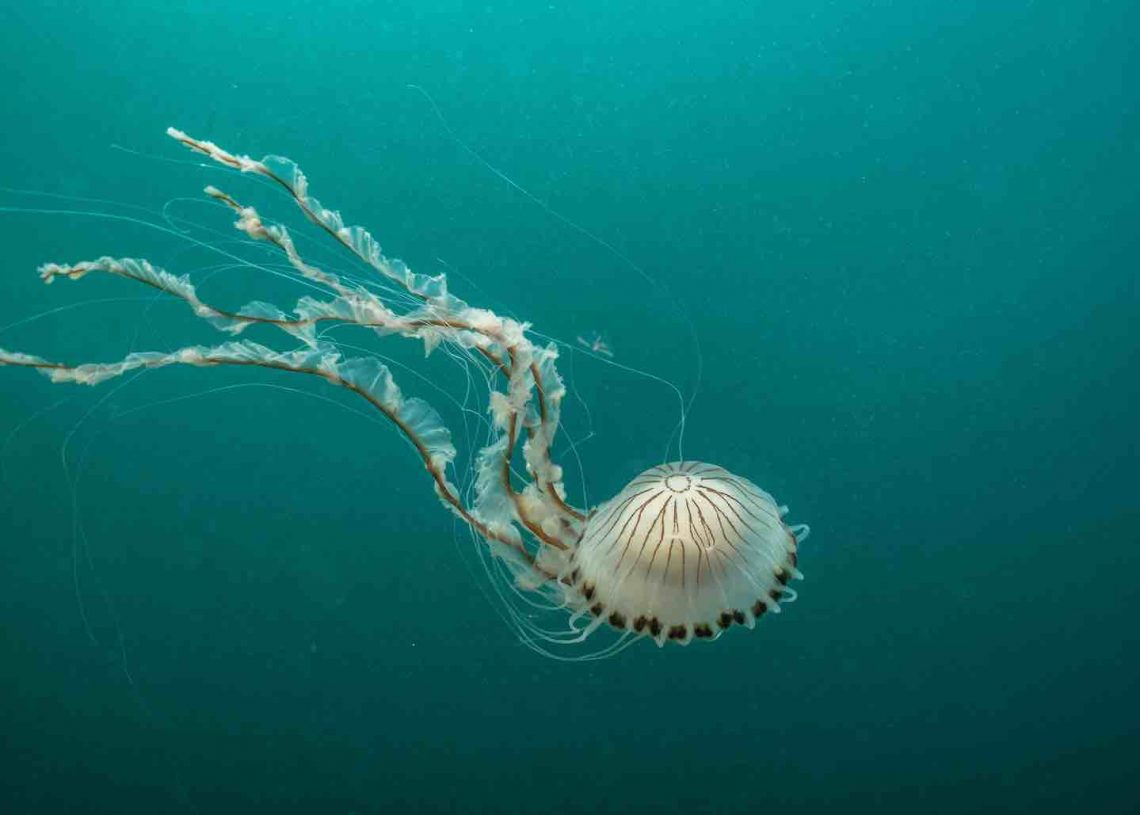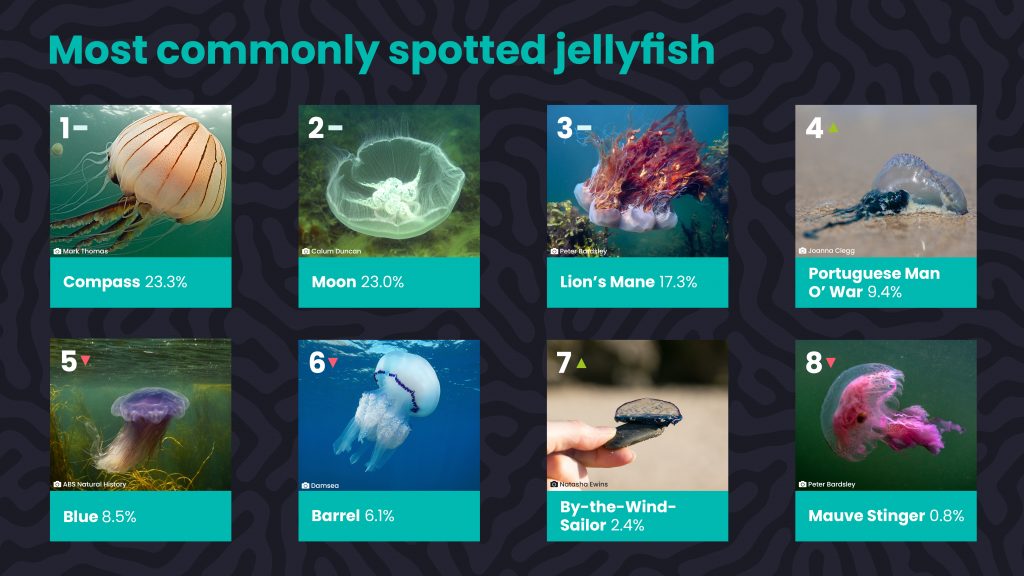
Top spotted jellyfish revealed in UK marine study
Compass and moon jellyfish among top-spotted species in Marine Conservation Society study, with an increase in ‘other’ species of jellyfish around UK shores
The Marine Conservation Society (MCS) has released its first Wildlife Sightings report, revealing last year’s findings from its long-running citizen science project.
The project asks the public to report jellyfish and marine turtle sightings around the UK and Ireland’s shores. Using this data, the charity identifies trends in their distribution around the UK, helping understand how oceans are changing in response to environmental factors, like climate change.
A public study
Between 1 October 2021 and 30 September 2022 a total of 1,315 jellyfish sightings were reported to the MCS.

The compass jellyfish was the most reported species, making up almost a quarter of total sightings. This was followed closely by moon jellyfish, which were often seen in smacks (groups of jellyfish) of over 100.
Unusual sightings
Storms in 2021 and 2022 led to an increase in Portuguese Man O’ War sightings – up by 2% from the previous year. These jellyfish-like creatures don’t normally occur in UK waters, preferring instead to drift in the open ocean. Sightings of these unusual visitors were primarily along the southwest coast and the west coast of Scotland, with westerly winds carrying them across the Atlantic to our shores.
The charity saw an increase in ‘other’ species reported, up from 5% to 9% this year. Among these were the bioluminescent crystal jellyfish, which made up 3% of total sightings, and sea gooseberries at 1%. These are the highest percentages reported to date.
Tracking ‘other’ species like these could show how changes in temperatures might be impacting jellyfish diversity in the UK.
A feast for turtles
Jellyfish are especially appealing for marine turtles, which visit UK waters in the summer months to feed on them. Eleven turtles were reported in the study, six of which were leatherback turtles spotted off the coast of Scotland.
Amy Pilsbury, Citizen Science Project Lead at the MCS, said: “Investigating the relationships between species can help us to discover more about our amazing underwater world and how it might be changing in response to things like climate change.”
The Wildlife Sightings report includes a map of all reported jellyfish sightings, a breakdown of each jellyfish species reported and a map of Portuguese Man O’ War sightings.
The MCS continues to run the project to monitor the distribution and frequency of jellyfish blooms over time. The charity is encouraging the public to continue to report any jellyfish and turtles they see in the coming months.
For more information on the project and to report a jellyfish or turtle sighting, visit the Marine Conservation Society website. Read our guide to jellyfish for open water swimmers.








